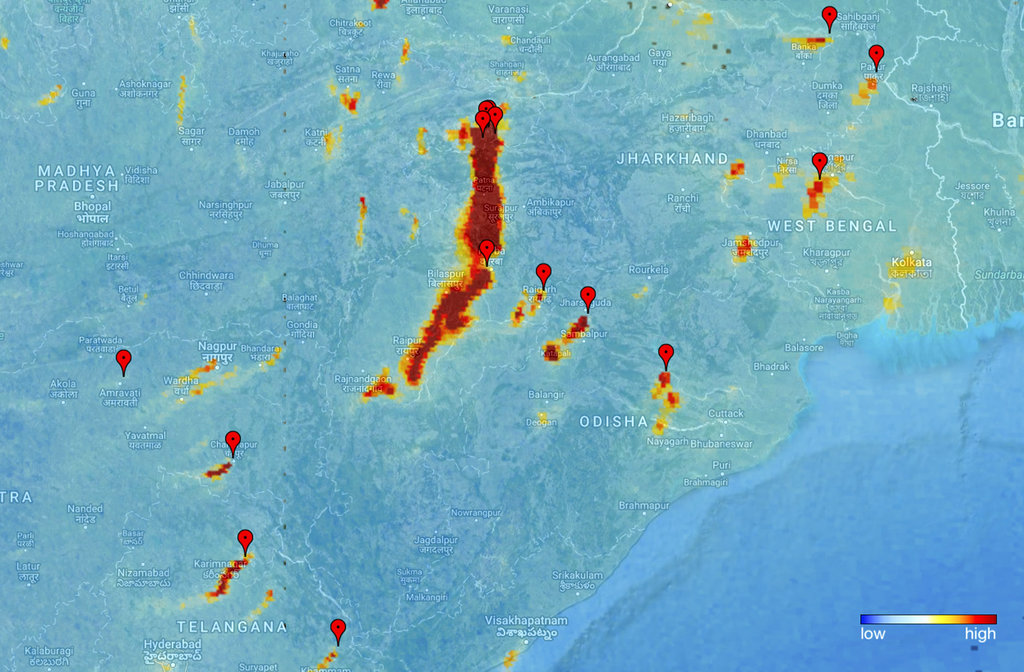Satellite images show extent of air pollution worldwide

Image released by European Space Agency ESA on Friday, Dec. 1, 2017 shows pollution from power plants in India taken by Copernicus Sentinel-5P on Nov. 10, 2017. Sentinel-5P is the first Copernicus mission dedicated to monitoring our atmosphere. (KNMI/ESA via AP)
The European Space Agency released images Friday made by its Sentinel-5P satellite that show high concentrations of nitrogen dioxide in parts of Europe on Nov. 22.
Nitrogen dioxide is mainly caused by vehicle emissions and in industrial processes.
Another image shows high levels of carbon monoxide, commonly produce by fires, in Asia, Africa and South America.
A series of images also show sulfur dioxide, ash and smoke from the Mount Agung volcano in Bali last month.
Sentinel-5P, launched Oct. 13, can map levels of nitrogen dioxide, methane, carbon monoxide and other pollutants that can be hazardous to human health or contribute to global warming. AB
RELATED STORIES:
Sea turtles’ sad fate: from restaurant menus to plastic ‘soup’
UN slams UK government over ‘plague’ of air pollution
Volcanic ‘super-eruptions’ more frequent than thought – study